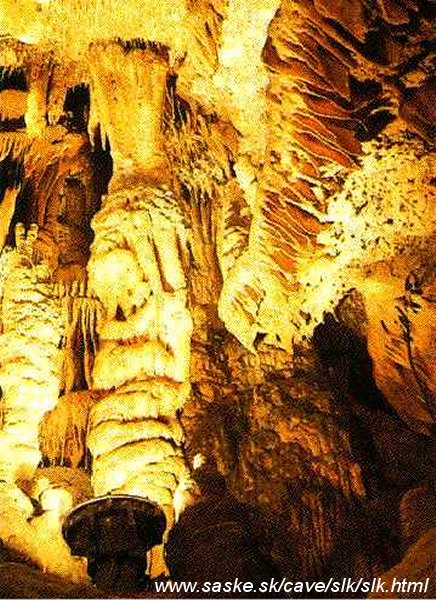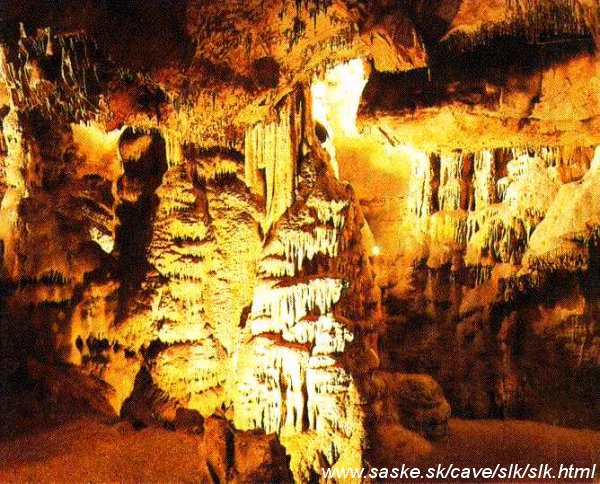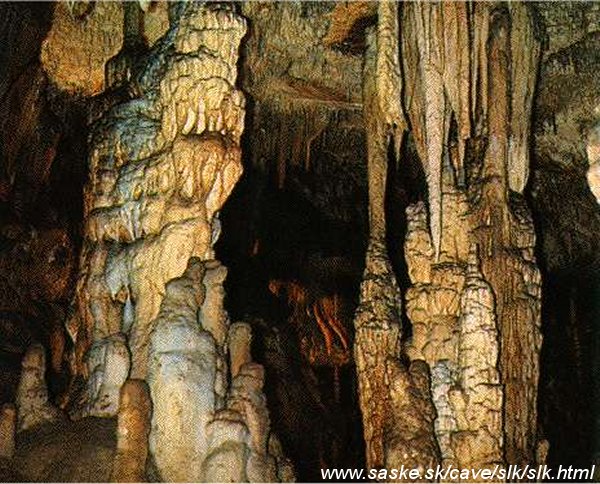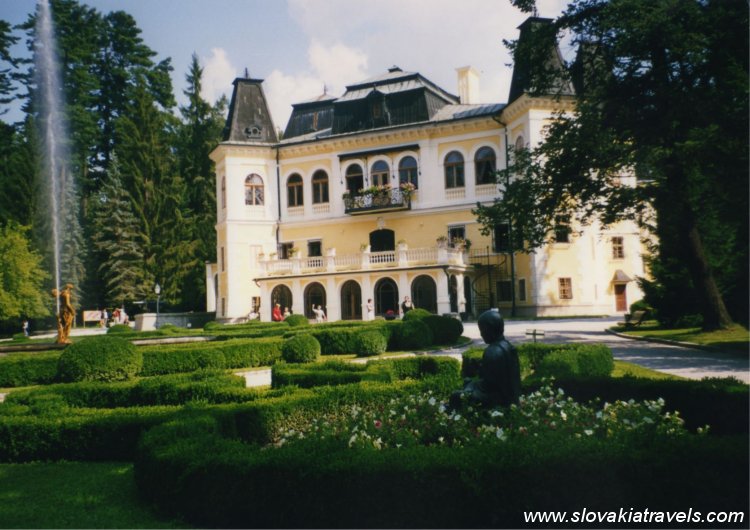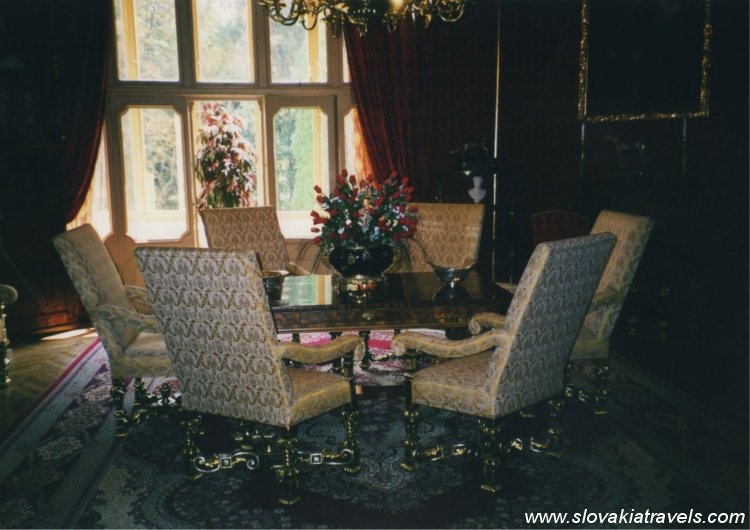Kosice Castle
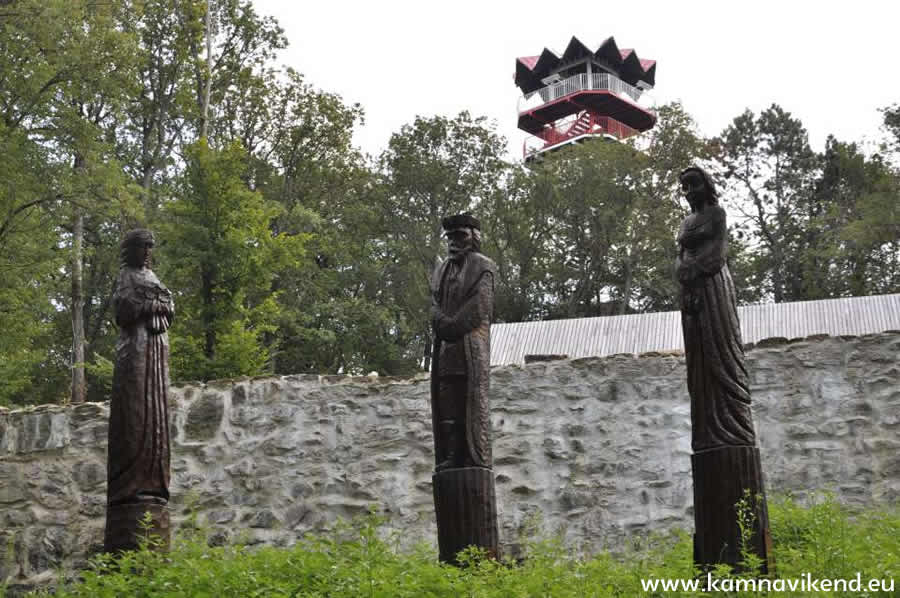 Also called Hradova, it is situated 1 km from Kosice. The most ancient document in which appears the castle goes back to 1307, when the constructions of the fortifications were begun. In the 1442 castle it was already destroyed for order of the captain of the town. Today some archaeological excavations are located there.
Also called Hradova, it is situated 1 km from Kosice. The most ancient document in which appears the castle goes back to 1307, when the constructions of the fortifications were begun. In the 1442 castle it was already destroyed for order of the captain of the town. Today some archaeological excavations are located there.
Kavecany
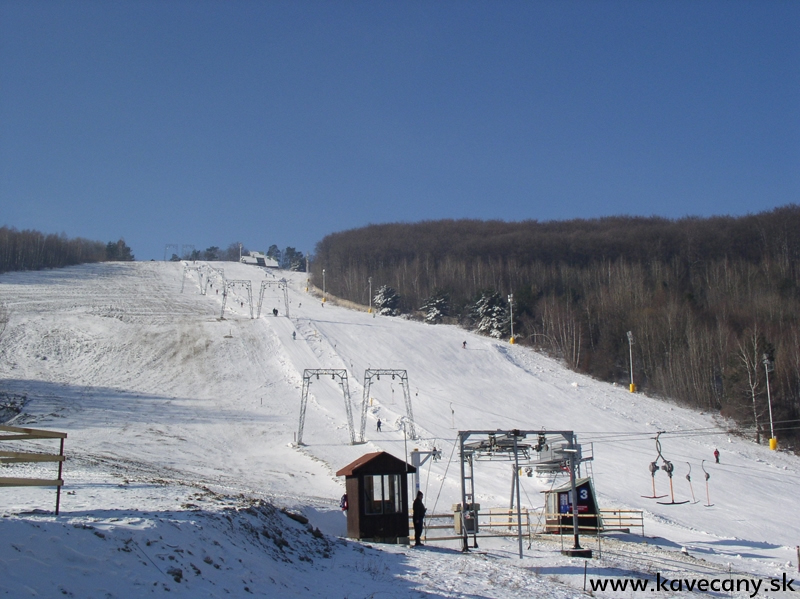 Kavecany Ski Center is situated 5 km from Kosice. There are 6 ski lifts, 8 tracks for cross-country skiing, ski school and tracks for the bob. There is also the Zoo, opened from the 1. April until the 31. October.
Kavecany Ski Center is situated 5 km from Kosice. There are 6 ski lifts, 8 tracks for cross-country skiing, ski school and tracks for the bob. There is also the Zoo, opened from the 1. April until the 31. October.
Ruzin
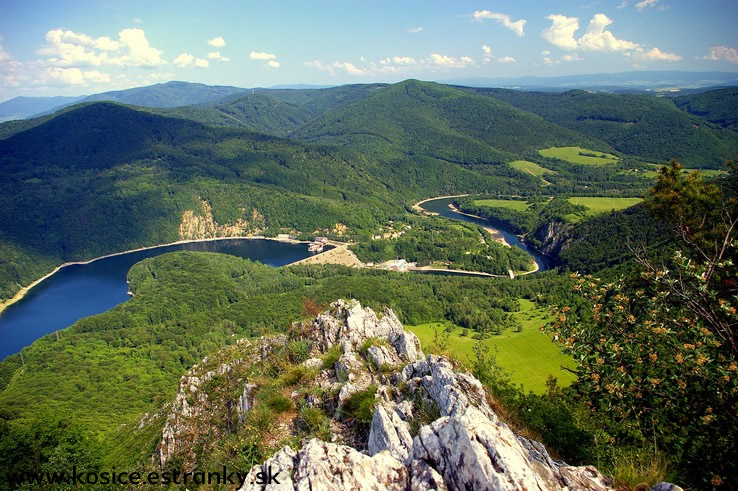 The artificial lake of Ruzin constructed on the Hornad river is situated 33 km from Kosice. The surface of the lake is 390 hectares and is long 14 km. It is the just place for who loves the nautical sports.
The artificial lake of Ruzin constructed on the Hornad river is situated 33 km from Kosice. The surface of the lake is 390 hectares and is long 14 km. It is the just place for who loves the nautical sports.
Herlany
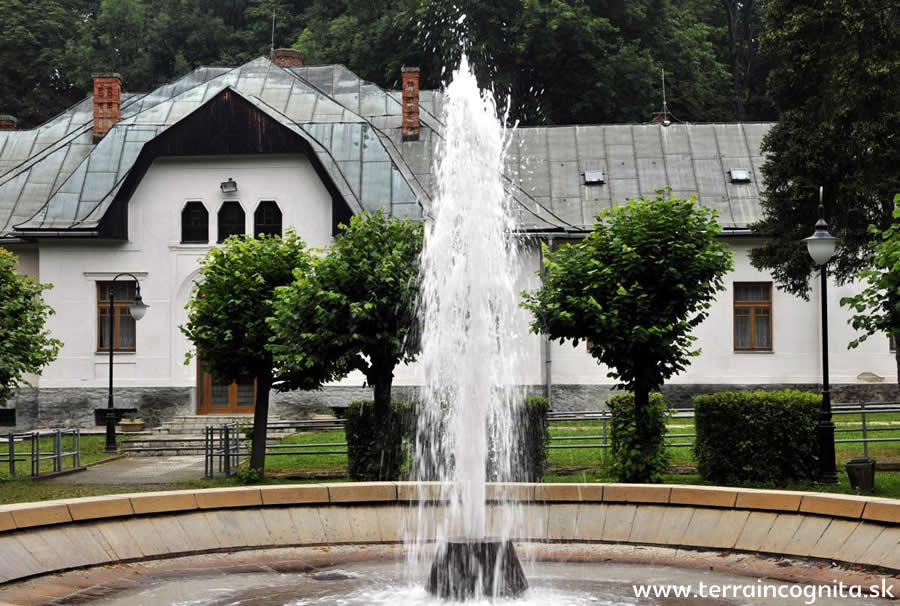 27 km from Kosice is situated one European rarity - the cold water geyser in Herlany. Similar geyser there are only in the Islands island. It was first discovered in 1870 during drilling for sources of mineral water, for baths and has one 351 m depths.
27 km from Kosice is situated one European rarity - the cold water geyser in Herlany. Similar geyser there are only in the Islands island. It was first discovered in 1870 during drilling for sources of mineral water, for baths and has one 351 m depths.
Once every 32 to 34 hours the geyser erupts spurting water up to 30 m into the air for a period of about thirty minutes.
Jasov
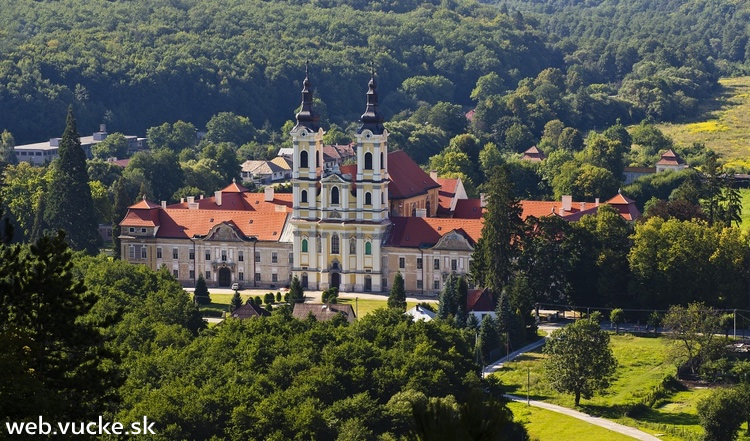 In this small village is situated a well-preserved Premonstrate monastery complex. It was built between 1750 and 1766 on the foundations of the old fortified monastery dating from 1421-36. In the baroque church that it does part of the monastery there are numerous pictures on the main altar and the very precious wall paintings. The monastery houses very valuable library painted with frescoes that it contains a numerous books and priceless manuscripts. Around the monastery a wide garden in French style with plants exported from other countries, and with peacocks is extended.
In this small village is situated a well-preserved Premonstrate monastery complex. It was built between 1750 and 1766 on the foundations of the old fortified monastery dating from 1421-36. In the baroque church that it does part of the monastery there are numerous pictures on the main altar and the very precious wall paintings. The monastery houses very valuable library painted with frescoes that it contains a numerous books and priceless manuscripts. Around the monastery a wide garden in French style with plants exported from other countries, and with peacocks is extended.
The other curiosity of the village is: Jasovska Cave
Jasovska Cave
Open: 1.4 - 31.10
Closed: Monday
Duration of the guided tour: 45 min.
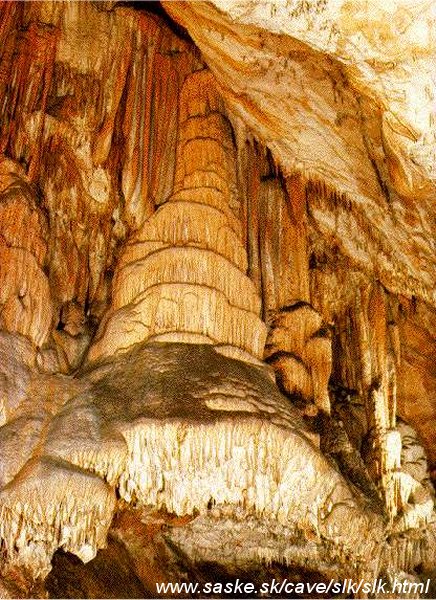 The Jasovska Cave is counted in a land-register of the Jasov village in Kosice-country district. The entrance of the cave is 257 m on the level of sea. The underground spaces of the cave catch up the length of 2122 m and a drop is of 55 m. In the cave are 314 steps that are necessary to cover more times. The temperature of the air is from the 8,5 until the 9,5°C and the relative humidity is 90-98%, ideal conditions for the speleotherapeutic spa.
The Jasovska Cave is counted in a land-register of the Jasov village in Kosice-country district. The entrance of the cave is 257 m on the level of sea. The underground spaces of the cave catch up the length of 2122 m and a drop is of 55 m. In the cave are 314 steps that are necessary to cover more times. The temperature of the air is from the 8,5 until the 9,5°C and the relative humidity is 90-98%, ideal conditions for the speleotherapeutic spa.
Oldest channels created by a corrosion and an erosion of the vertically penetrated water was enlarged by waters of the Bodva river. The most large underground room of the cave is the Velky Dom (Great Dome). The other interesting spaces in the cave are: Labyrinth, Bat's Hall, Jewellery Room, Tiger Passage, Clay Passage, Smith Furnace Room, White Dome. In the cave there are different types of stalactites, of stalagmites, the waterfalls.
The Jasovska cave had inhabited already in the Neolithic Era, Bronze Age, Roman Period and in the Middle Ages. In fact there were uncovered a numerous valuable archeological finds. The superior of the premonster canons from the Jasov Monastery discovered this cave in 1846 and opened to the public. (The Jasovska cave is countered to oldest accessible caves in world.) In those times it was possible to go through it with the torches for a length of 250 m.
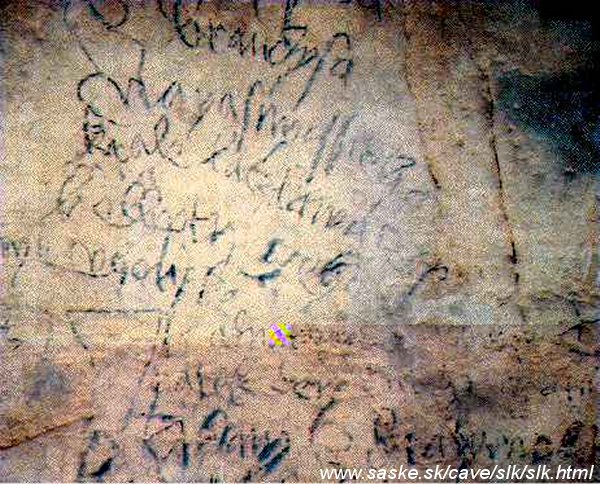 After a series of the researches in the years 1923-25 were discovered other underground rooms with a very precious archeological finds. On the walls they have been conserved numerous notices. The oldest proved notice on the cave wall is witness about a victory of the Jan Jiskra from Brandys forces from 1452 in the Hall of Hussits. Next notices are come from 1654 to 1657. The cave was made accessible by a modern way on July 20, 1924 and electrically illuminated in 1926. In the 1931 a new entrance was driven into cave and a new portal of entry was arranged.
After a series of the researches in the years 1923-25 were discovered other underground rooms with a very precious archeological finds. On the walls they have been conserved numerous notices. The oldest proved notice on the cave wall is witness about a victory of the Jan Jiskra from Brandys forces from 1452 in the Hall of Hussits. Next notices are come from 1654 to 1657. The cave was made accessible by a modern way on July 20, 1924 and electrically illuminated in 1926. In the 1931 a new entrance was driven into cave and a new portal of entry was arranged.
Stos
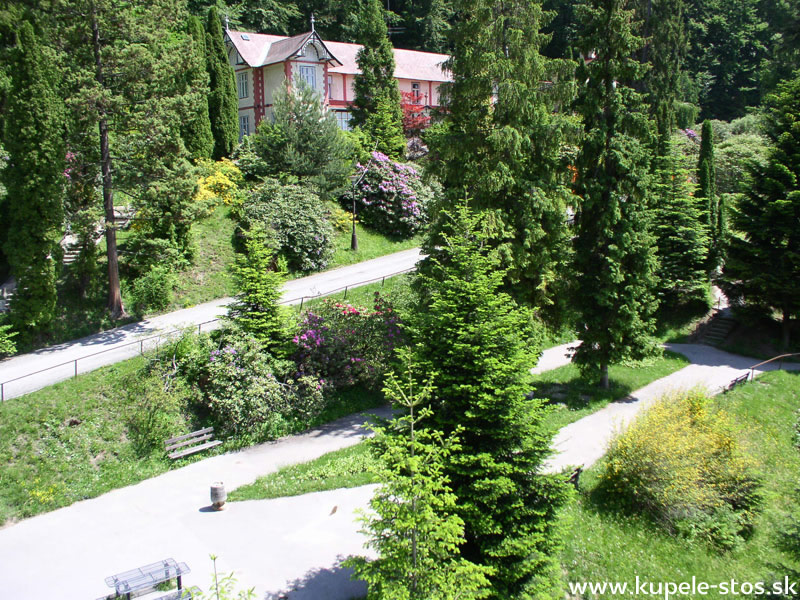 The first news written some of the village dates from 1341. In the village of Stos they extracted copper, silver, iron. In 1827 it was founded the factory, than to those times it was the largest in Hungary, where produced knives of high quality. Stos is also known thanks to its spa, where the respiratory diseases are cured. In the winter period there is the possibility to ski.
The first news written some of the village dates from 1341. In the village of Stos they extracted copper, silver, iron. In 1827 it was founded the factory, than to those times it was the largest in Hungary, where produced knives of high quality. Stos is also known thanks to its spa, where the respiratory diseases are cured. In the winter period there is the possibility to ski.
Zadiel
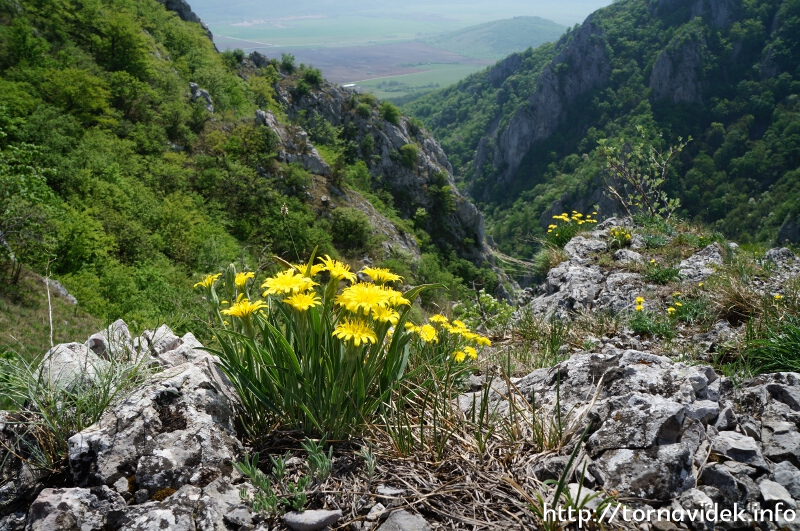 Zadielska Valley is situated in the Karst aerea with a long canyon of 4 km, deep in some points 350 m and wide to in some zones only 7 m. The Zadielska Canyon was created by the small Blatnica river on a limestone land. In 1986 natural reserve it was declared.
Zadielska Valley is situated in the Karst aerea with a long canyon of 4 km, deep in some points 350 m and wide to in some zones only 7 m. The Zadielska Canyon was created by the small Blatnica river on a limestone land. In 1986 natural reserve it was declared.
Krasna Horka Castle
 The castle of Krasna Horka dominates to the Gemer region. It is one of the most ancient castles and more quite preserved in Slovakia, with the original furnishings. In the 13th century the castle protected the medieval roads that that crossed the mining zones of Slovenske Rudohorie. The castle was fortified in 1546 according to the project of the Italian architect A. da Vedano.
The castle of Krasna Horka dominates to the Gemer region. It is one of the most ancient castles and more quite preserved in Slovakia, with the original furnishings. In the 13th century the castle protected the medieval roads that that crossed the mining zones of Slovenske Rudohorie. The castle was fortified in 1546 according to the project of the Italian architect A. da Vedano.
In the 17th century it was the seat of the Regional district and was rebuilded as a noble residence in renaissance style. In 1817 the castle was seriously damaged from a fire and it was restored by the last descendant of the Andrassy family and transformed in a family museum.
The museum contains original furnishings and historical collections. Under the castle is also situated the Andrassy's Mausoleum built in art nouveau style in 1904. In the ancient village of Krasnohorske Podhradie is situated another construction in art nouveau style - the Art Gallery of Andrassy with the collection of the paintings from the 18th and 19th centuries.
Due to reconstruction after the fire, the castle is closed!!!
www.hradkrasnahorka.skBetliar Manor house
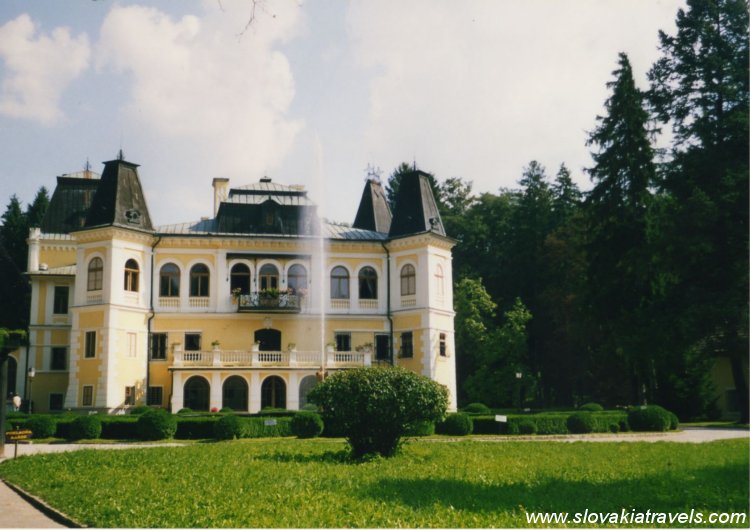 The Manor-house from the second part of the 15th century with a splendid English park, dominates to the small Betliar village. The palace before belonged to the Bebek family and in first part of the 17th century it was inherited from the rich family of the Andrassy.
The Manor-house from the second part of the 15th century with a splendid English park, dominates to the small Betliar village. The palace before belonged to the Bebek family and in first part of the 17th century it was inherited from the rich family of the Andrassy.
The original building in renaissance style-baroque was different times restored in the 18th century and its present appearance is from the 19th century, after an economically onerous reconstruction.
Equally interesting is the interior with a gallery of paintings, music and hunting salons, library with 15,000 volumes of books, historic furniture and exotic collections (for example the 4000 years old mummy from the pyramid of Giza, the gigantic elephant's tusk, equipments of the chinese, indians and african soldiers). Inside the palace there is also very precious historical furnishings, historical glass, clocks, ceramics, porcelain, silver tableware sets and other items.
Outside the palace is surrounded by the romantic park in English style with different constructions, pavilions and exotic plants.
Open:
May-September, Tu-Su: 9.30 - 18.30, last entry 17.30November-March, Tu-Su: 9.30 - 16.00, last entry 15.00
April, October, Tu-Su: 9.30 - 16.30, last entry 15.30





